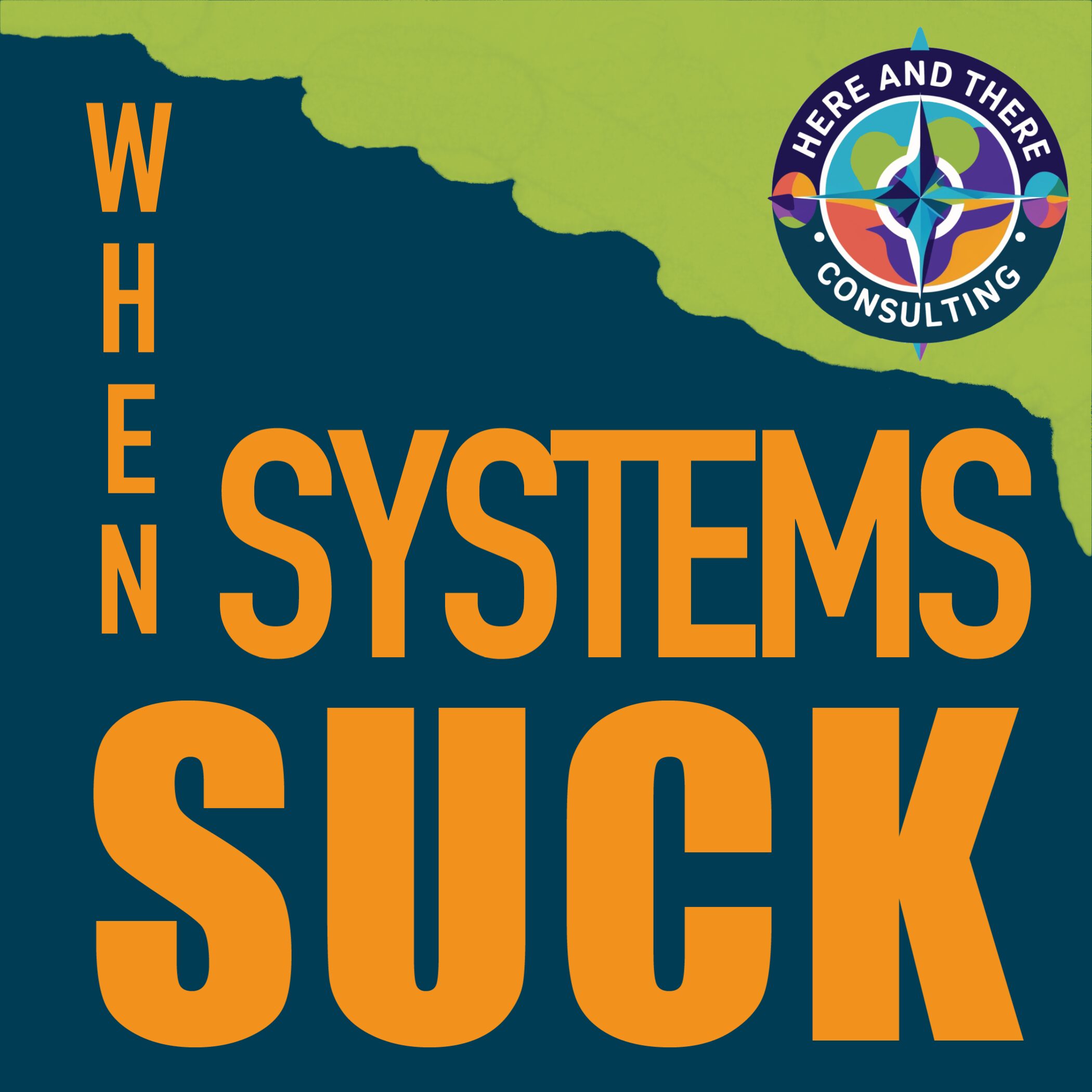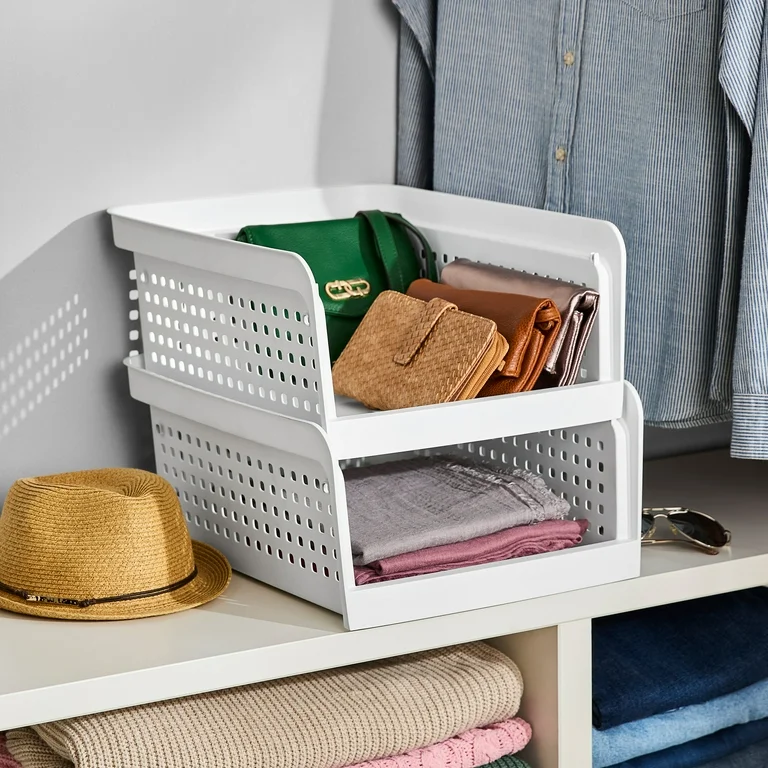
- Too many steps (micro-tasks)
- Too many steps (actual walking, or decentralized microtasks)
- Not memorable or not written down
Only three, I guess.
1. Too many Steps (sub-tasks)
Why does no one put away cinnamon sugar?
Why does a bunch of stuff get left all over the counter every time they use the dang cinnamon sugar?
I don’t have this problem at my house because I spent a bunch of money to renovate my kitchen to have a spice pull-out. You pull it out like a drawer, and drop the spice on the shelf.
Do I know people who have had this problem? Absolutely yes. Most of the time, the whole cabinet was left on the counter every time the other folks in the house used the cinnamon sugar. Or, no one would put the cinnamon-sugar away, because you had to:
- Open the cabinet
- Pull out the spice bin from behind other things
- Remove the spice bin lid
- Put the spice inside the bin
- Replace the spice bin lid
- Put the spice bin back
- Put the other things back
- Close cabinet
How did we fix this?
Replaced the short square bin with two long skinny bins (WITHOUT LIDS). One for the spices, and one for the other things that always blocked the spin bin inside the cabinet.
New process:
- Open cabinet
- Pull out bin
- Put spice in bin
- Put bin back
- Close cabinet
It cut out three steps. These three steps were the most time-consuming tasks.
Organizing that goes from simple => to simpler
- Bins with lids => bins without lids
- Bins with high-sides => bins with low sides or open-front bins
- Drawer storage => surface storage

This is an open-front bin, fyi. Clicking/tapping on the image will take you to Walmart.
2. Too Many Steps (walking steps, sub-steps are decentralized)
Your broom and dustpan are stored in the hall, but the hallway is carpeted, and the kitchen has hard floors.
What happens? The broom and dustpan are constantly left in the kitchen, where they trip you every time you open the fridge. It’s better to store something close to where you use it the most.
The Good Can-Opener Phenomenon
Client Cat-Guy has two can-openers. He keeps the ‘good’ can-opener in the cat-food box upstairs, because he opens cans for his cats more often than he opens cans for himself. And he keeps the it-works-but-not-well can-opener in the kitchen, because he uses it so rarely.
Cat-Guy gets a chill roommate. Chill Roommate hates the kitchen can-opener so much, he will go upstairs and retrieve the good can-opener almost daily. Causing a lot more stair-climbing for Cat-Guy than he likes, because Chill Roommate can’t remember to put the ‘good’ can-opener back.
How was this solved? I told Chill Roommate to just go buy a different can-opener.
He did.
Then he dramatically threw away the can-opener, while looking Boris the Taurus Chonkasaurus dead in the eyes and said, “This is for you, man.”
Once there were two ‘good’ can-openers in their respective work-spaces, the missing can-openers stopped.
Digital steps
This doesn’t just happen IRL. It can also happen digitally: does a software require you to enter form information multiple times? Do you have to record important information in multiple softwares?
After a task is done, do you have to notify multiple people or groups in a decentralized way?
Folks severely underestimate the absolute drain decentralized steps have on employees. (Oops, slid into commercial-consulting mode!) What are tasks that would be way less complicated if you could centralize them?
Residential solutions:
- Skylights (the tablets+software thingies) are fricken cool–(someone get me a sponsorship opportunity, por favor! I’m a big fan.)
- Unsubscribe from all the emails
- Make rules in your inbox, if you need to stay subscribed, so that they auto-delete after 90 days, or 60 days, or whatever!
- Try to use group-chats for FYIs as often as possible
3. Not Memorable or Not Written Down
So, in a residential scenario–rather than in a business setting–we’re not going to write down all the steps for chores, no one needs a checklist for taking out the trash.
but
Sometimes, we still need a little help in a house.
- Age-appropriate chore charts for kids and adults
- Making sure those folks have phone-reminders and alarms set–especially if they have trouble remembering themselves
- LABEL YER BINS
- Label your shelves and drawers too!
- Big labels. BIG.
Big.
What do the labels do?
They tenderly guide lost items home. Especially if the items go into ‘hidden’ storage: a cabinet, a drawer, a pantry, a box, etc.
Honestly, the kitchen is a great example of this. Most modern (1980s and later US) kitchens have almost complete hidden storage built into a home. You don’t really have much of a choice.
Many people can get things to the right cabinet, but getting it to the right in-cabinet zone is hard–but it is made easier with labels.
Leave a Reply